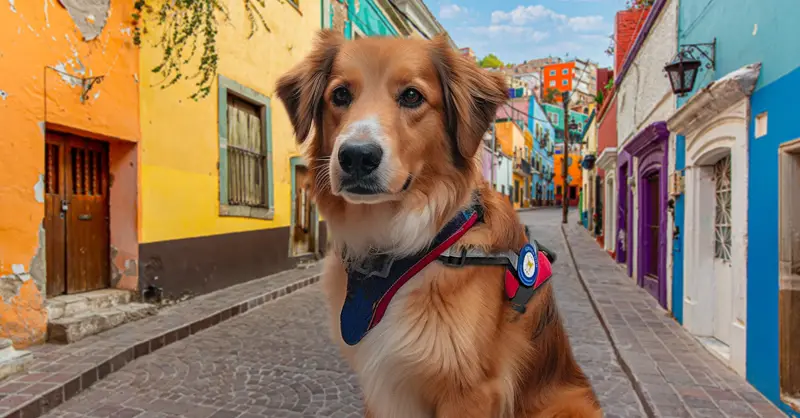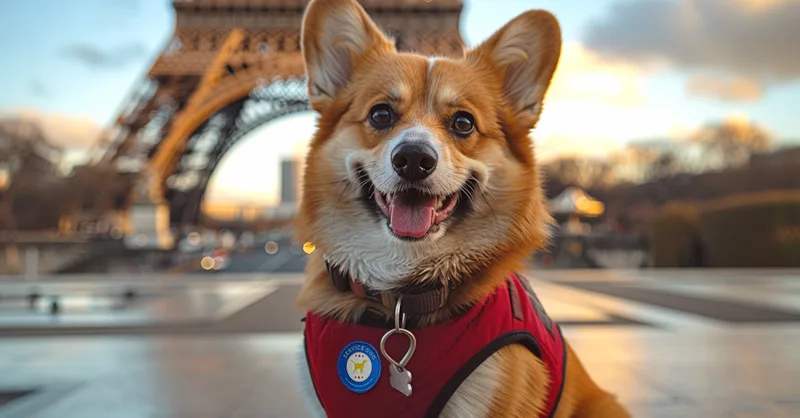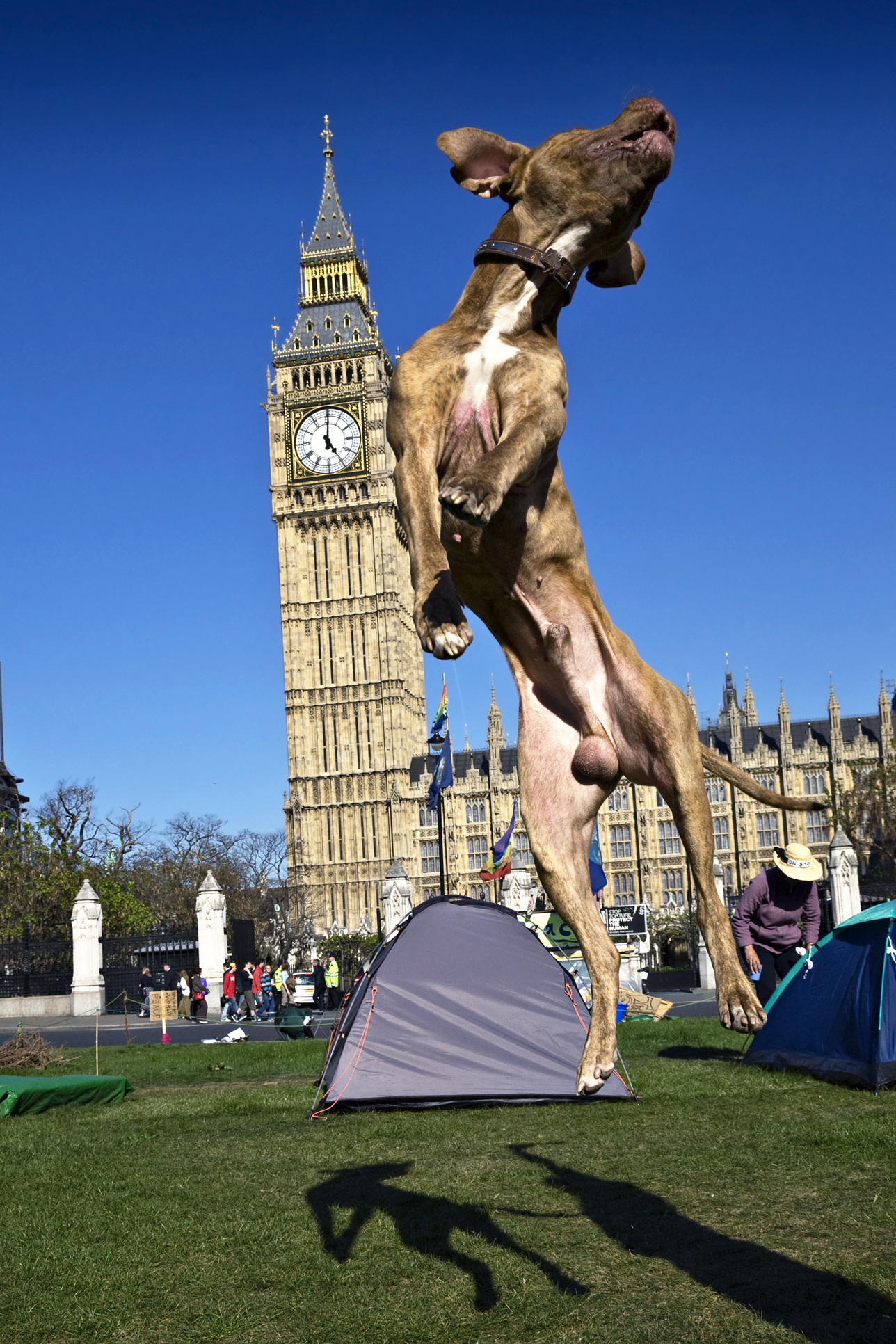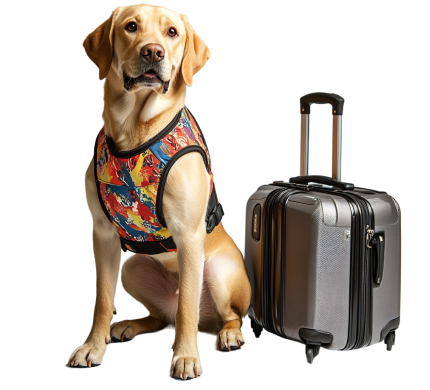All Our Articles on International Travel

How to Fly to Canada with a Service Dog
Are you traveling to Canada with a service dog from the United States? Just like on domestic U.S. flights, service dogs are allowed to board... Read more

How to Fly with a Service Dog to Mexico
Traveling with your service dog on an international flight to Mexico is not only allowed but also free of charge. With a little planning and... Read more

Travel Guide for a Service Dog in France
France is a place where most people would love to visit at least once in their lifetime. From the gourmet food and pastries to the... Read more

Guide for Traveling with a Service Dog in Europe
Traveling is exciting. Taking in new sites, discovering interesting people, and making memories are all things a wonderful vacation should be. These expectations shouldn’t change... Read more

International Travel Service Dog Regulations
Service Dog Regulations & Traveling Internationally Are you planning a trip with your Service Dog to another part of the world? Before you show up... Read more

Travelling With Your Service Dog or Pet to England
[caption id="attachment_974" align="alignnone" width="700"] Traveling to London with your dog?[/caption] Are you a fan of both animals and travelling? If you’re headed for England, the... Read more
